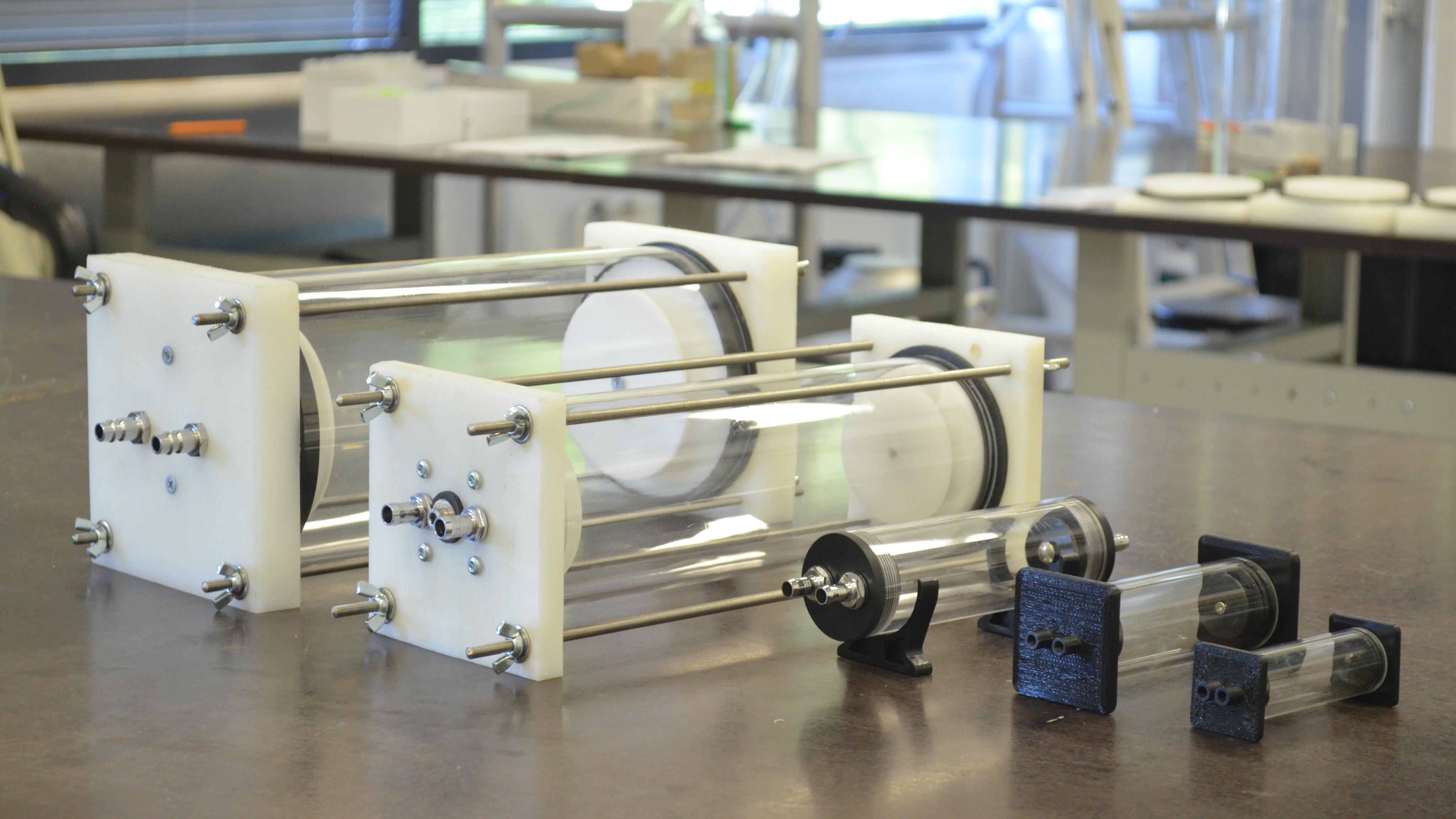Respirometry, a technique used to measure the rate of oxygen consumption or carbon dioxide production by organisms, stands as a crucial tool in bridging the gap between ecology and evolutionary biology. At its core, respirometry offers insights into the metabolic processes of organisms, shedding light on how they allocate energy resources and respond to environmental challenges. In the realm of ecology, respirometry enables researchers to unravel the intricate interactions between organisms and their environments. By monitoring metabolic rates in various ecological contexts, scientists can discern how environmental factors such as temperature, humidity, and resource availability influence the energy budgets of organisms. Moreover, respirometry allows for the assessment of physiological adaptations that organisms undergo to cope with environmental stressors, providing invaluable information for conservation efforts and ecosystem management. In the domain of evolutionary biology, respirometry serves as a powerful tool for investigating the evolutionary processes shaping organismal physiology. By comparing metabolic rates across different species or populations, researchers can uncover evolutionary trends in energy metabolism and identify adaptive strategies that have evolved in response to selective pressures.
Furthermore, respirometry facilitates the study of phenotypic plasticity the ability of organisms to adjust their physiology in response to environmental cues which plays a pivotal role in evolutionary processes. By elucidating the mechanisms underlying phenotypic plasticity, respirometry offers insights into how organisms acclimate or adapt to changing environmental conditions over evolutionary timescales. Moreover, respirometry provides a mechanistic understanding of ecological and evolutionary phenomena, allowing researchers to test theoretical predictions and refine ecological and evolutionary models. By integrating data from shop respirometers from wt farley experiments with other ecological and evolutionary approaches, scientists can construct comprehensive frameworks that elucidate the underlying mechanisms driving patterns observed in nature. This integrative approach not only enhances our understanding of fundamental biological processes but also has practical applications in fields such as conservation biology, where predicting the responses of organisms to environmental change is of paramount importance.
Furthermore, respirometry contributes to the growing field of eco-evolutionary dynamics, which seeks to unravel the reciprocal interactions between ecological and evolutionary processes. By quantifying metabolic rates in the context of ecological interactions such as competition, predation, and mutualism, respirometry enables researchers to explore how ecological dynamics shape the evolution of key traits and vice versa. This holistic perspective highlights the interconnectedness of ecological and evolutionary phenomena and underscores the need for interdisciplinary approaches to address complex questions in biology. In conclusion, respirometry serves as a versatile tool that bridges the gap between ecology and evolutionary biology. By providing insights into the metabolic processes of organisms across different temporal and spatial scales, respirometry enhances our understanding of ecological and evolutionary dynamics. Through its integration with other research approaches, respirometry contributes to the development of comprehensive frameworks that advance our knowledge of fundamental biological processes and inform conservation and management strategies in a rapidly changing world.
